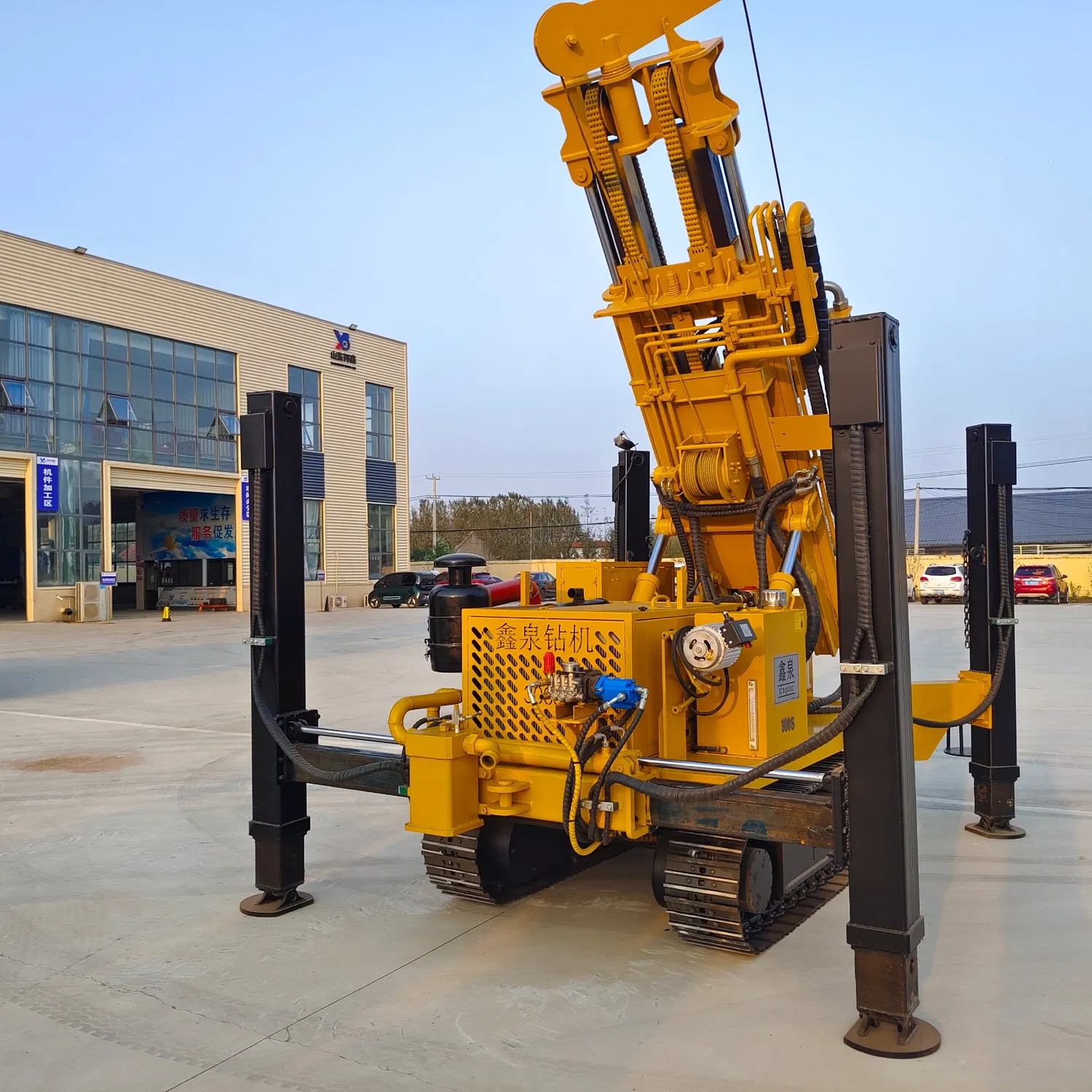The Impact of Mud Pump Efficiency on Drilling Costs
Mud pump efficiency directly affects the overall cost of drilling operations.
An efficient pump circulates mud at the optimal pressure and flow rate, ensuring that drilling proceeds smoothly.
When a pump is inefficient—for example, due to worn valves or leaky pistons—it requires more energy to maintain the necessary mud circulation.
This increased energy consumption leads to higher fuel or electricity costs.
Inefficiency also slows down the drilling process.
If the pump can’t properly carry cuttings to the surface, the drill bit may become clogged, forcing frequent pauses to clear the borehole.
These delays extend the project timeline, increasing labor costs and potentially leading to penalties for missed deadlines.
Moreover, inefficient pumps are more prone to breakdowns.
Unexpected failures require emergency repairs or replacements, which are often more expensive than planned maintenance.
In contrast, a well-maintained, efficient mud pump minimizes energy use, reduces downtime, and lowers the risk of costly repairs.
Investing in pump efficiency—through regular maintenance or upgrading to more efficient models—can thus lead to significant cost savings over the course of a drilling project.

 Plataforma de perforación Bangxin
Plataforma de perforación Bangxin